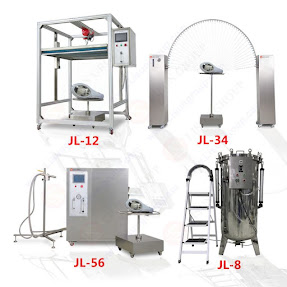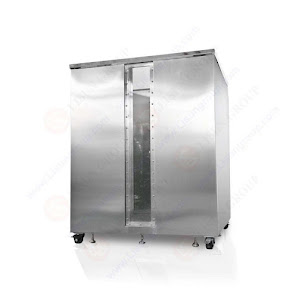What is the meaning of IPX5 and how to test IPX5 IP code waterproof?
.jpg)
The IPX5 IP code is a rating system that is used to measure the amount of protection given against the entry of water in devices that are electronic and electrical. According to the IPX5 grade, the product is protected against water spray coming from any direction. The IPX5 waterproof test is meant to assess a product's capacity to resist water spray from a nozzle or spray cannon. This is the most stringent level of waterproofing that can be awarded. In order to carry out the test, the product is first positioned at a certain distance from the nozzle, and then water is sprayed over it for a predetermined amount of time. It is expected that the product would be able to endure the water spray without allowing any water to get into the device's internal workings. Standard IEC 60529 of the International Electrotechnical Commission (IEC) outlines the specific requirements that must be met in order to pass the IPX5 waterproof test. These requirements include the distance that m...
.jpg)
.jpg)
.jpg)


.jpg)
.jpg)

.jpg)

.jpg)
.jpg)
.jpg)
.jpg)
.jpg)
.jpg)
.jpg)
.jpg)